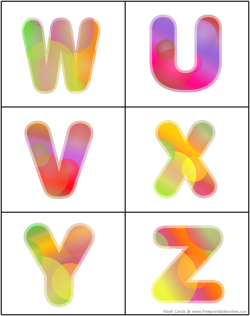 Learning to Read Guide For kids
Learning to Read Guide For kids
Every child no matter how bright they are, learn to read and write through practice.
And it is through reading your child discovers new ways to look at their surroundings.
As they gather information from printed material, they learn how to express ideas, thoughts and feelings, making them better prepared socially and in school.
As you probably know, children develop at different strides based on a number of factors including their environment- so your child’s ability to analyze text may vary as they continue to grow.
Your role as a parent is to provide an environment that encourages development and in particular, an interest in reading.
How many children’s books do you have lying around the house?
Find out if they are suited for your child’s age and begin cultivating an interest in books early enough.
Keep in mind this effort might be frustrated by common distractions in the house, such as TV, games and other stimuli.
If you fear your child might be taking too long to learn simple reading, use this guide to work out a study plan.
1. Use Sounds to Familiarize the Child with The Alphabet
Scientists discovered a way to enhance memory by linking unique sounds to letters of the alphabet, and children have showcased a keen ability to connect the two.
The trick is to assign sounds that act as cues to the letter’s actual sound.
Example:
If you’re teaching the child the fourth letter of the alphabet, you might say
The letter ‘D’ makes the /di/ sound;
And then have your child say the /di/ sound out loud while scanning the alphabet for the letters on flash cards.
It might take some time but continue until they learn to distinguish between the letters- it’s an effective way to boost memory and make a fun experience for you both.
2. Lay Out The Basic Rules
When reading text, we start from the top, going left to right. As a grown-up it may not cross your mind that some people don’t have this information, and your kids surely don’t know that.
One the child has this understanding it makes the rest of the process easier because they can start to focus on actual words and meanings.
Is your child reading books the wrong way- perhaps from right to left, bottom going up, or upside down?
Hold the book and show them how to peruse the sentences- it might take a few days (or more) for the child to fully grasp this concept.
It really depends on how much interest they have in books.
3. Use Rhyme To Group Words
The trick here is to use final consonant blends when teaching simple words.
Let’s say for instance you’re teaching words that rhyme with
. Get
· Pet
. Set
or
· Theft
· Left
· Deft
etc.
You get the idea, right? Blending will make more sense to your child once they learn the vowel sounds.
The entire learning process takes a lot more work, but with this background your child will learn much faster and it will take some of the pressure off the teachers.
Also, a solid reading background will encourage healthier ways to express emotions, as children as more prone to hysterics and otherwise whiny behavior.
